Astrophotography Workshop
Learn how to plan and execute your astrophotography for the best results. The minimum requirements, equipment wise are listed below.
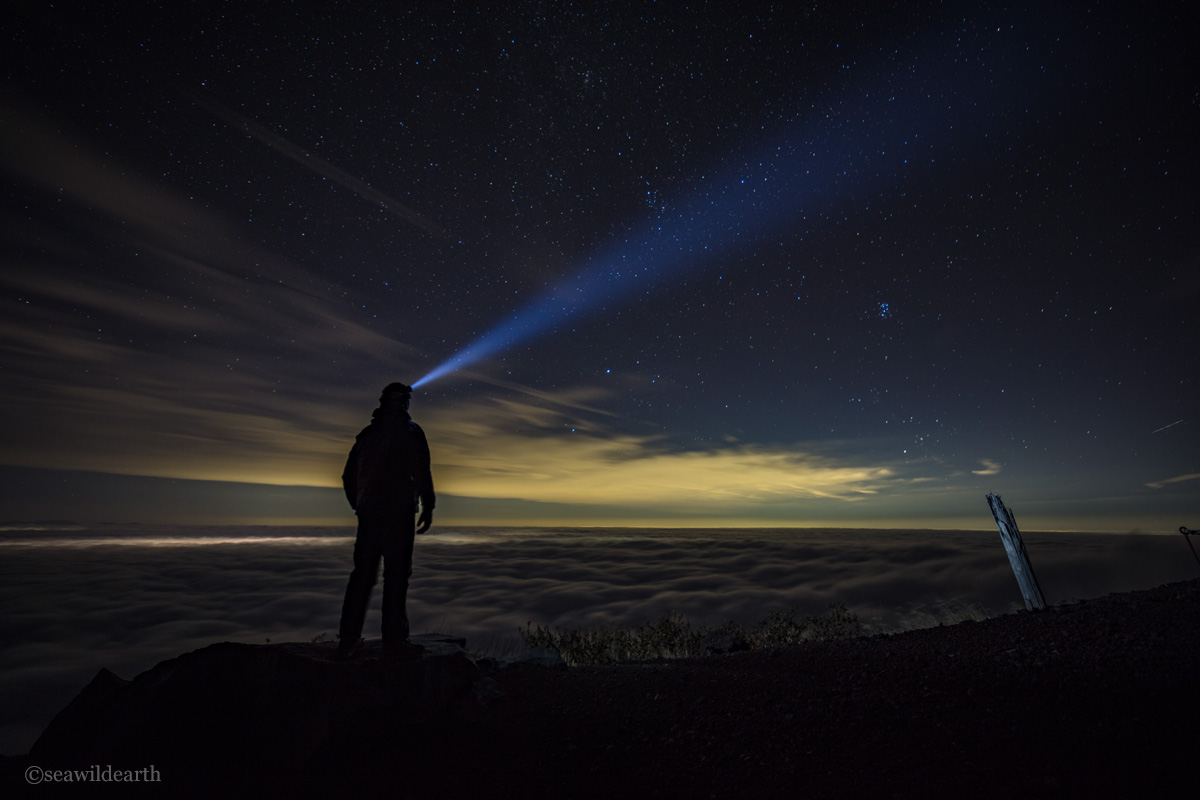
Planning Your Shoots
Astrophotography is about more than just pointing your lens to the sky and hoping for the best. Learn how to plan for great results.
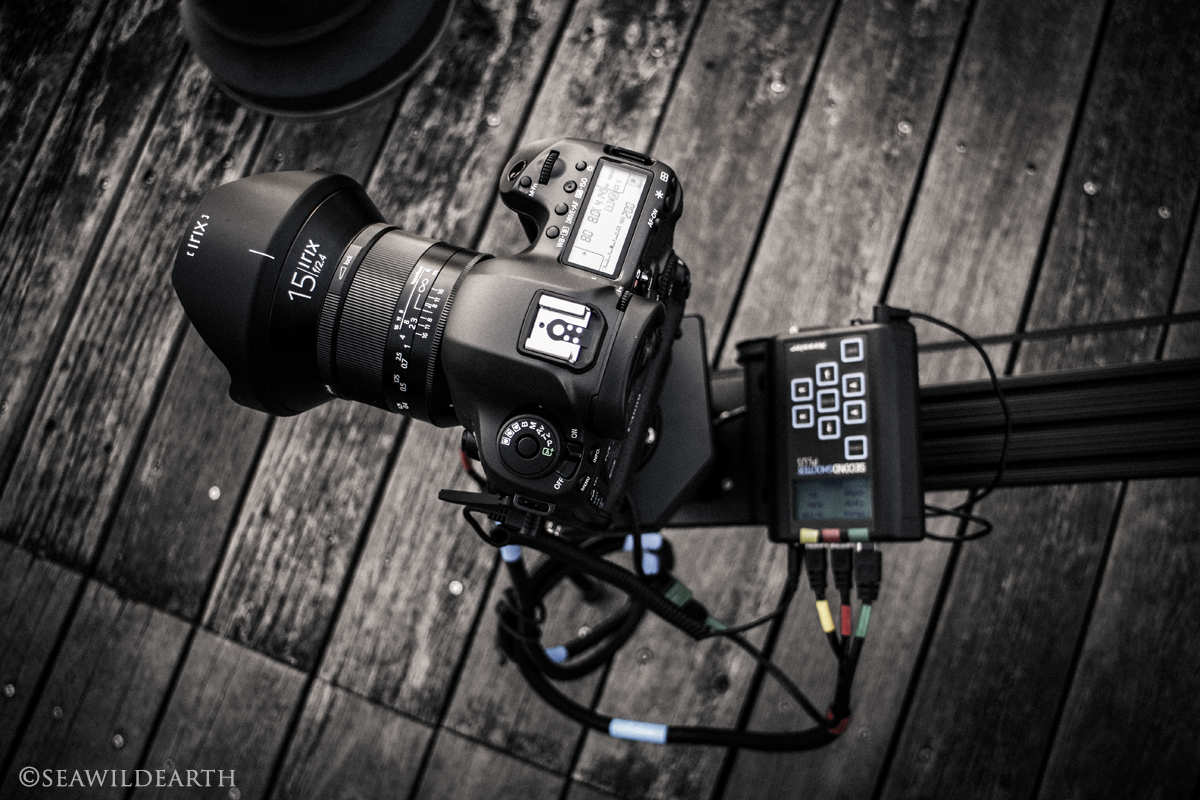
Gear Requirements
Successful astrophotography comes down to the tools and applications you use to ensure the best results. Find out what they are.
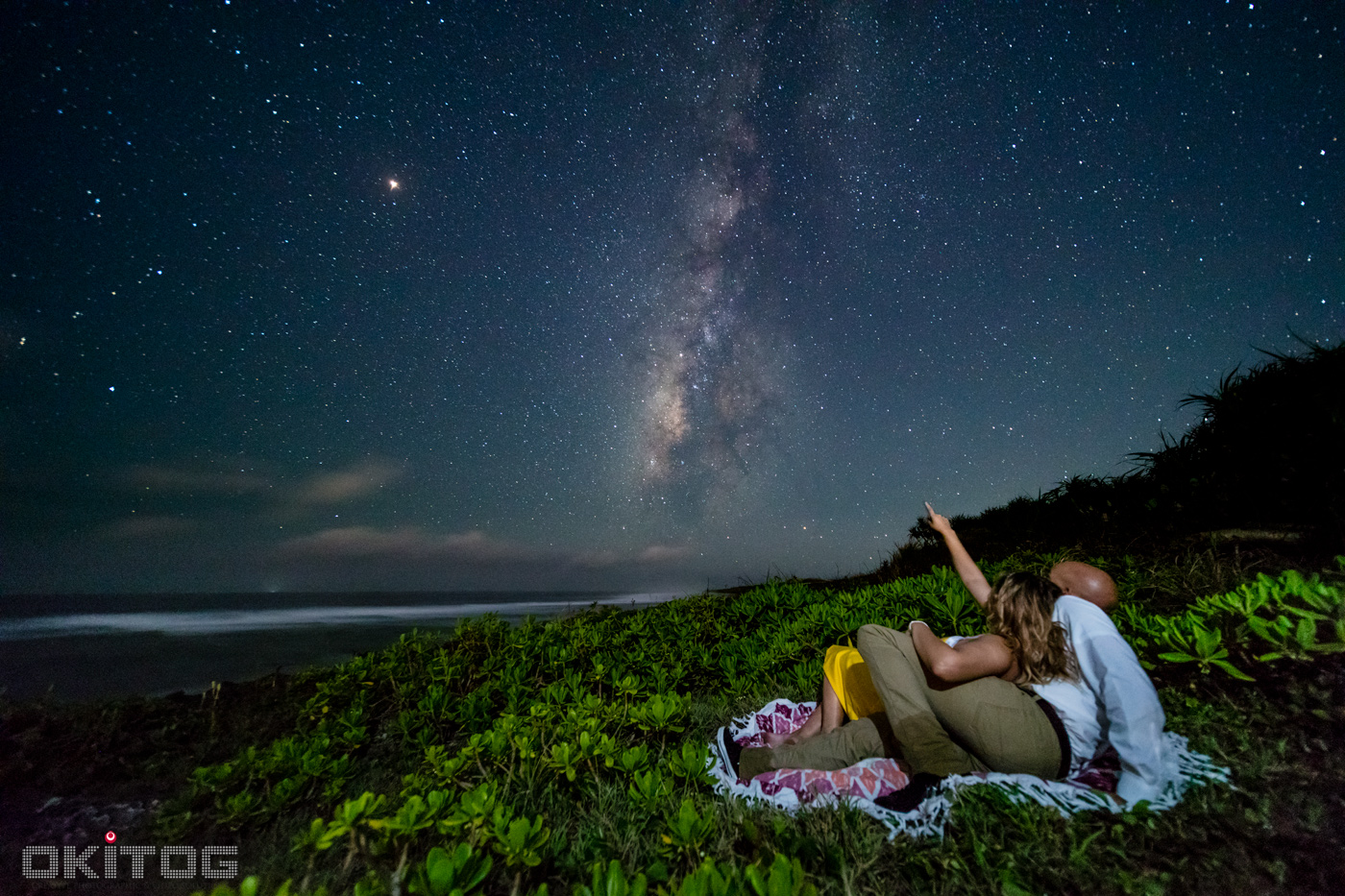
Shooting Models
Getting creative and adding people into the mix. It's not the easiest of applications but when you nail it, it's perfect.
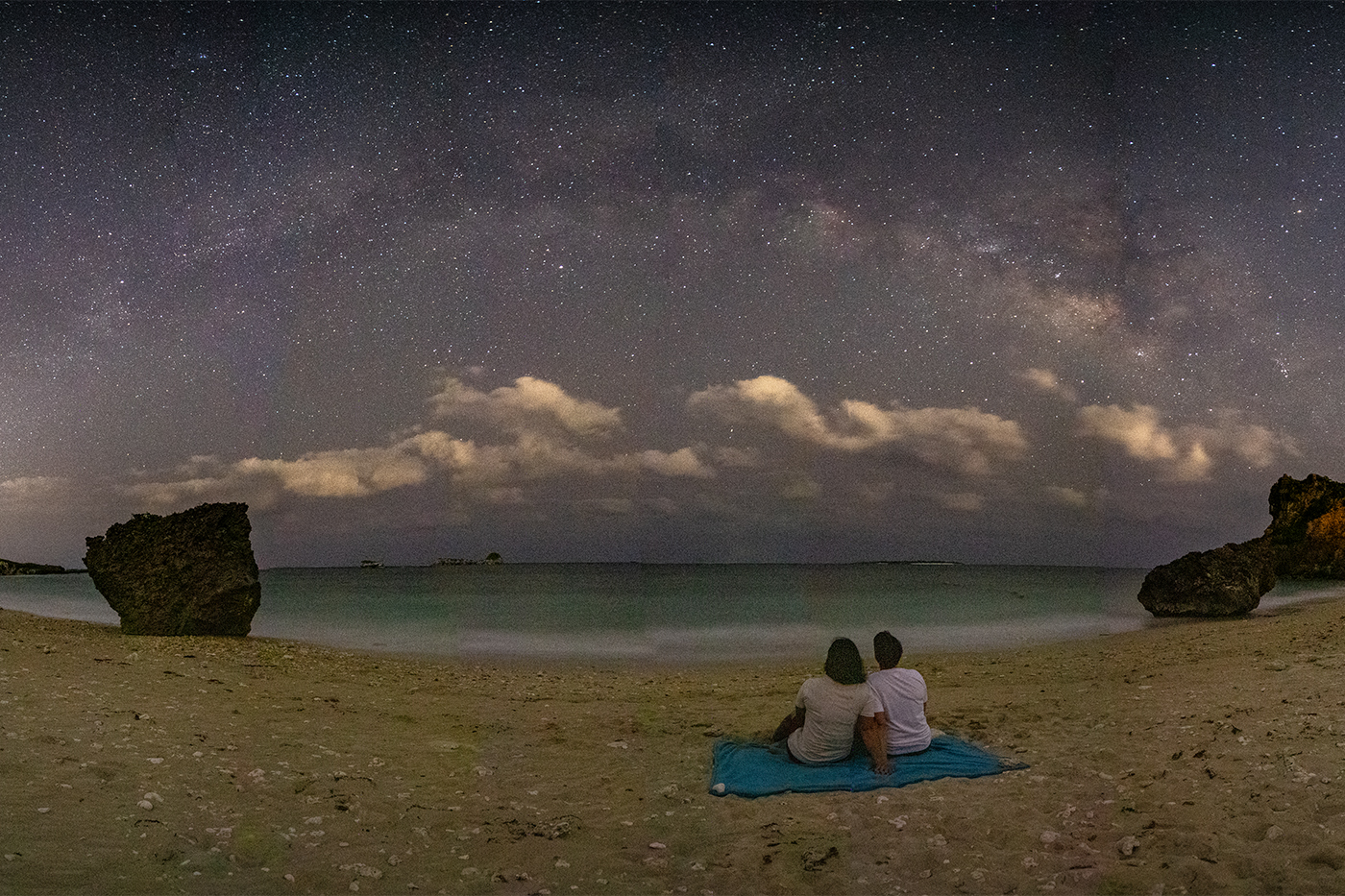
Perfect Panoramas
Nothing showcases the majestic expanse of the Milky Way more than a well executed Panorama shot. Learn how to plan and shoot them.
Astrophotography can be one of the most rewarding yet frustrating of all photographic genres to get right. All manipulations of the camera system used need to be made manually. To that end it requires a clear-cut understanding of the forces at play and how to master them. I've been shooting astrophotography in the realms of long exposure, time-lapse and panorama applications for the past ten or so years.
In this workshop I will be looking to instill the understanding I have gained in that time in the applications of starry night still imagery, shooting with clients, and also planning and shooting panoramas.
Given the actual application of astrophotography when dealing with starry skies is not that particularly difficult to grasp. This workshop is viable for anyone with access to a camera that allows complete and manual control over shutter, aperture and ISO settings. Lenses wise I'd suggest a wide angle starting at 24mm would suffice, 18mm would be better and 14mm or wider would be ideal. There are possibilities to shoot at lesser focal lengths, 35mm, 50mm even 85mm and we will go through those during the teaching segment of the workshop.
What will be taught?
- Finding the Milky Way
- Planning Your Shoot
- Camera Preparation
- Setting Up a Strobe
- Nailing Focus At Night
- Photographing People
- Potential for Motion Blur
- Taming Barrel Distortion
- Calculating Shutter Speeds
- Noise Issues With High ISO
- Planning and Shooting Panoramas
This workshop starts at 1400hrs on Saturday 29th October for the first phase. This is so I can teach the basic theory during daylight hours and go through issues like focus etc. Our second phase runs into the small hours of the morning. Our meeting point for the initial segment of the workshop will be at the Toguchi Beach parking area. That will be at 1400hrs through until 1700hrs if needed. We will check and see which of the numerous gazebos may be available to use.
Our second phase starts at 1900hrs with us meeting again at the Toguchi Beach parking area. From here I will lead a driven convoy to the shooting area which would normally be on either Hamahiga or Ikei islands, by crossing the Ocean road bridge in Uruma.
At this time I must say that this night, if clear, will not be the optimum conditions for Milky Way imaging given we are now outside of the main season for the Milky Way. We will, if the sky is clear, see and be able to photograph parts of the Milky Way but not the main galactic core, the mass of stars and gasses that people associate with the Milky Way. The moon phase is good though so fingers crossed for clear skies.
Equipment Essential:
Headlamp. You will need to have your hands free for the camera manipulation.
Headlamp. You will need to have your hands free for the camera manipulation.
Equipment Tip: Lenses
If you're using a cropped sensor camera please bear in mind that a 24mm will become effectively a 35mm lens if at x1.6 crop factor. On a crop sensor it would be best to use something around 14mm for the same effective focal length as a 24mm.
If you're using a cropped sensor camera please bear in mind that a 24mm will become effectively a 35mm lens if at x1.6 crop factor. On a crop sensor it would be best to use something around 14mm for the same effective focal length as a 24mm.
Maximum Number of Attendees:
Open
Open
Workshop Fee:
US$150 p/p
US$150 p/p
If interested in attending simply write Interested in the comments section of the Event Outline located in the Okinawa Photographic and Video Community page and I will reach out and contact you. You can also feel free to reach out and contact me via the contact form on this website.
Cheers,
Mark.
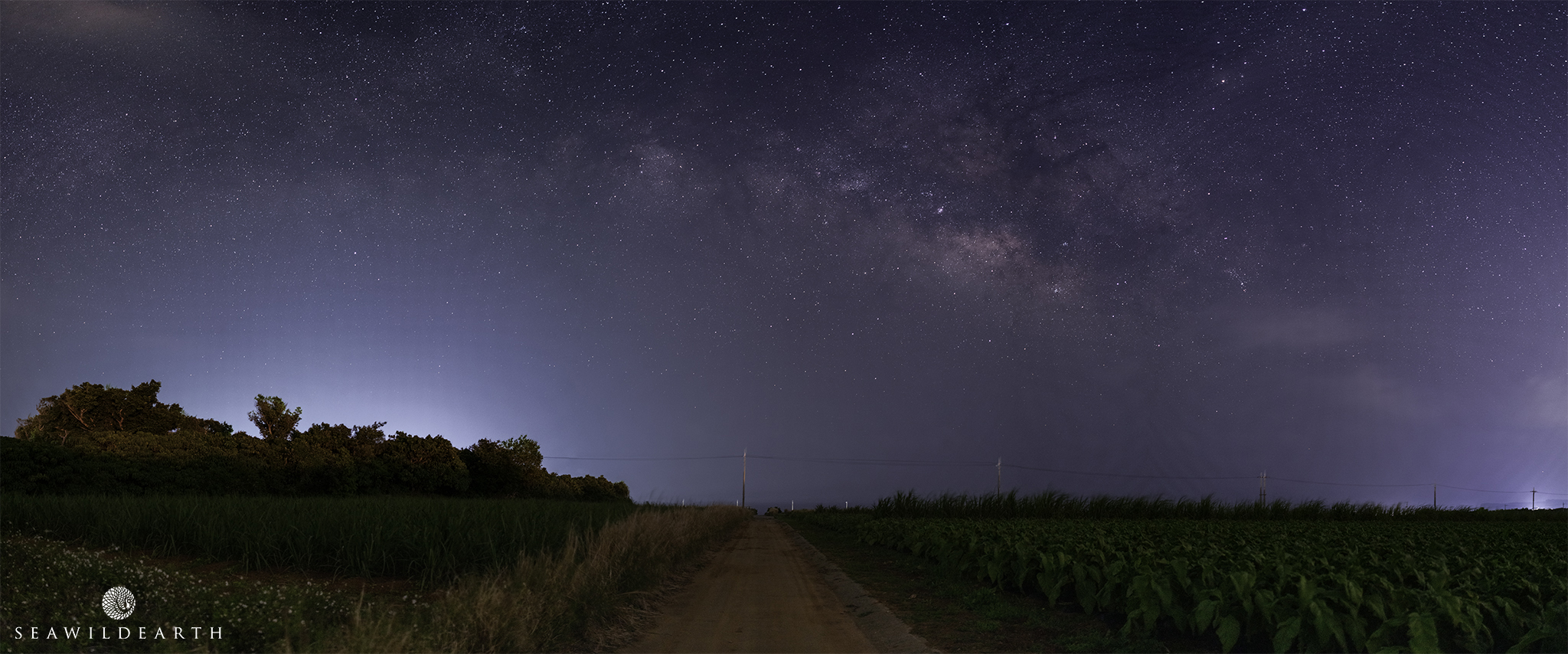
Six image Panorama over the farmers fields on Ikei Island.
Event Details
- From: October 29, 2022
- To: October 30, 2022
- Starting at: 02:00 PM
- Finishing at: 02:00 AM
Event Price
- $ 150.00
Address
- East Coast
- Okinawa
- Japan
